Post by Cynthia; Photos by Bobby
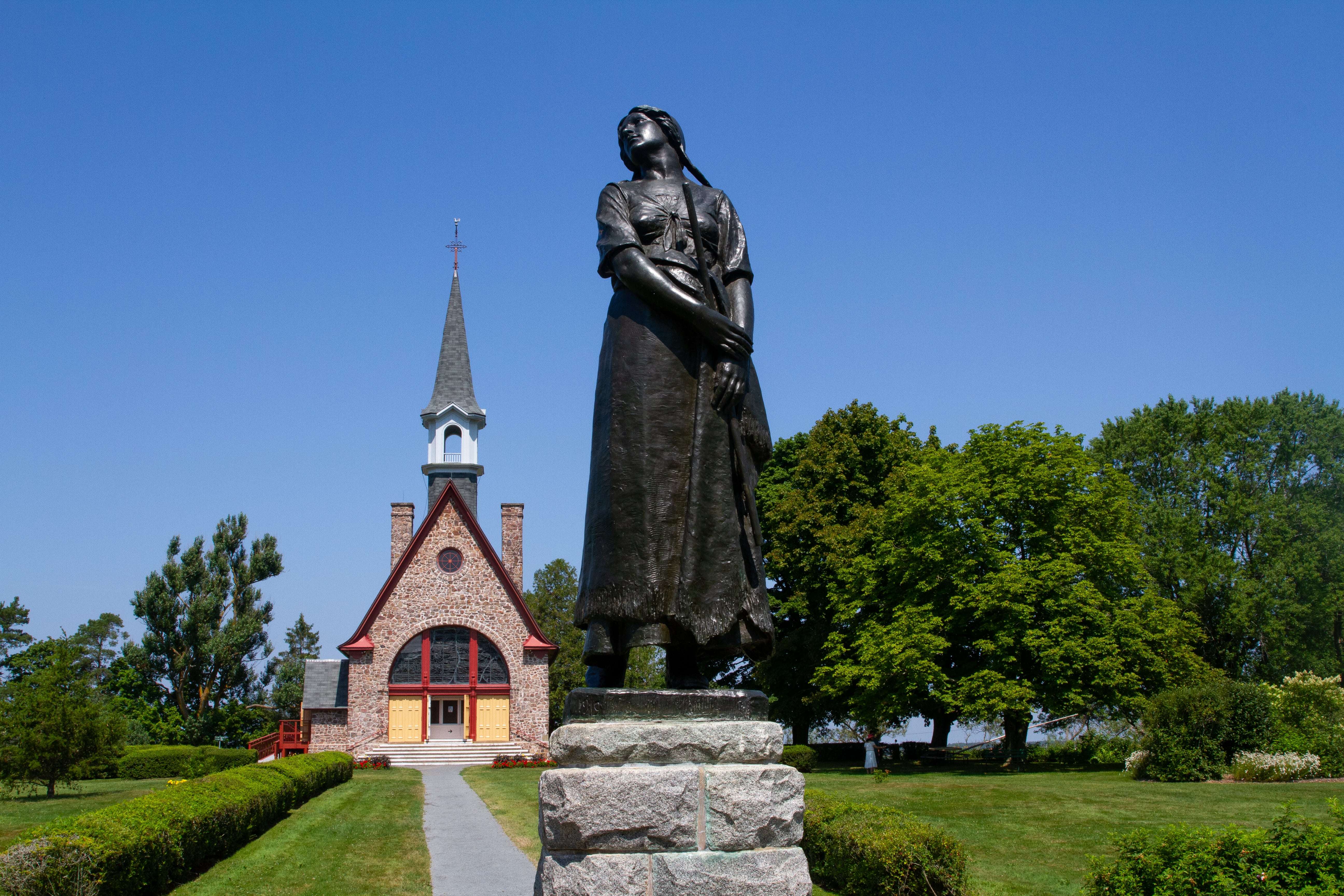
Grand-Pré National Historic site in Nova Scotia commemorates the deportation of the Acadian people by the British during the French and Indian War in the 18th Century. The Acadians were the descendants of French settlers located in what we now know as the Canadian maritime provinces of Nova Scotia, New Brunswick and Prince Edward Island.
There is some debate over how the area became known as Acadia. Theories are that it was named after the Greek “Arcadia” by a later explorer, or it could be from the Mi’kmaq word for “land of plenty.”
In either case, the Acadians had first settled in Port-Royal. One family later formed the settlement in Grand-Pré around 1680, which evolved to become the center of Acadie until 1755. They built dykes to hold back the tides (this is the Bay of Fundy area – where the largest tides in the world exist) and proceeded to turn the area into a fertile farmland. Grand-Pré translates to Great or Large Meadow.
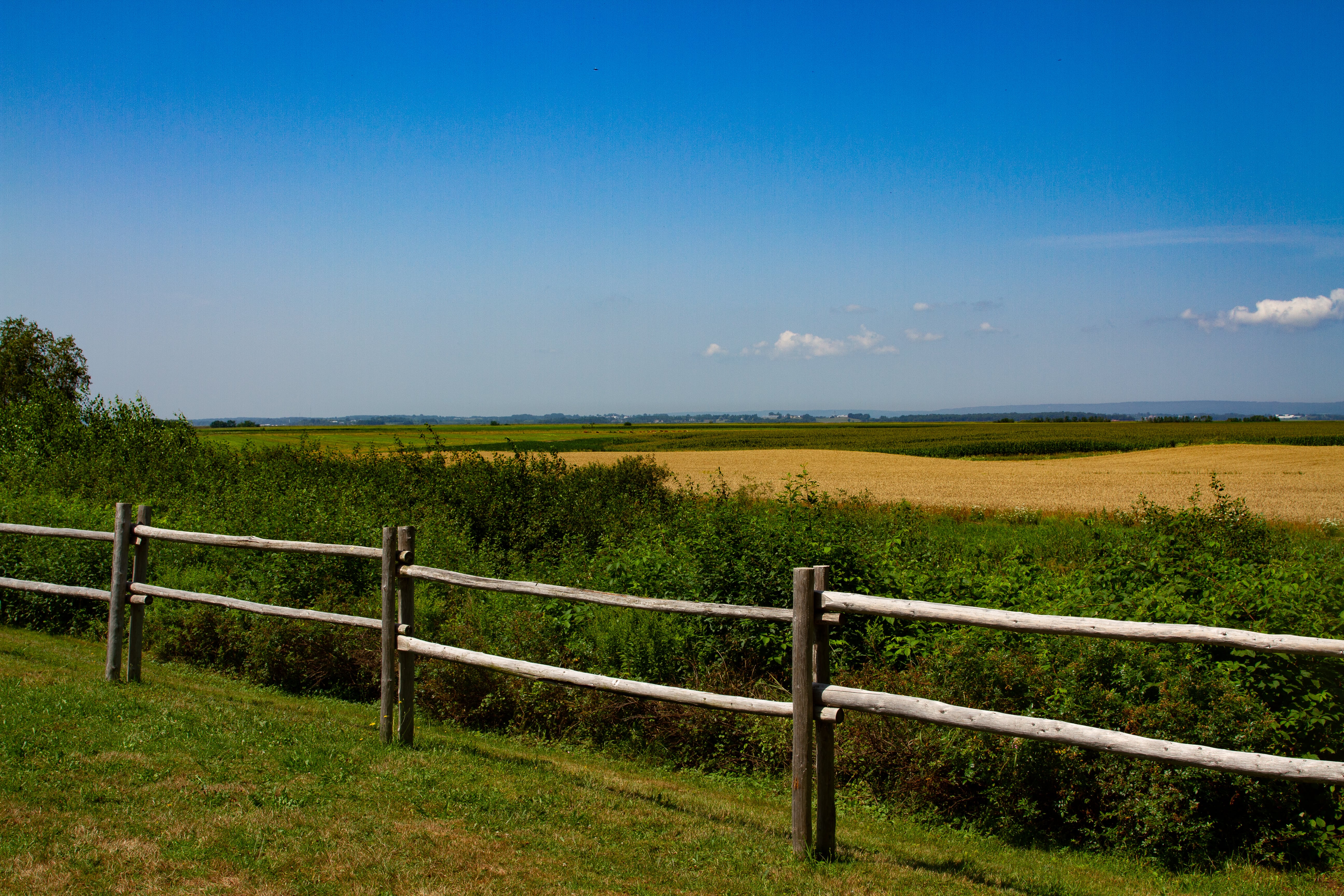
As the British sought to establish control over the area during its war with France, they asked for unconditional oaths of loyalty from the Acadians that would make them British citizens. At the site we saw some excellent presentations – they explained that, while of French descent, they now considered themselves to now be Acadian. This land was their home – not France or Britain. As a result, the Acadians had been largely neutral in the war between France and Britain.
The British, however, viewed the Acadians as potential allies to the French and/or Native people. The British also accused some Acadians of aiding the French, but the accused claimed they had been forced to provide shelter or aid upon threat of violence or death (and they probably had done so for the English for the same reasons).
Nonetheless, the Acadians would not take the oath – some because they were anti-British, some because of their Catholic faith (they did not want to be under the British Protestant Church), and some because the oath could force them to fight against the French or their neighbors and allies, the Mi’kmaq.
As a result, starting in 1755, the British forcibly expelled the Acadians in what is known as the “Expulsion of the Acadians,” the “Great Upheaval,” or the “Great Deportation.” At first many were taken to other British colonies in America, but in later waves they were deported to England or France. Many later wound up in Louisiana (via Spain). In fact, the word “Cajun” is thought to come from a mispronunciation of “Acadian.”
The deportation was as traumatic as it sounds. Some families were separated, thousands of Acadians died from shipwrecks or disease. Of about 14,000 Acadians in the region, approximately 11,500 were deported.
Longfellow’s famous poem Evangeline was a fictionalized telling of the Expulsion of the Acadians. There is a bust of Longfellow at Grand-Pré.
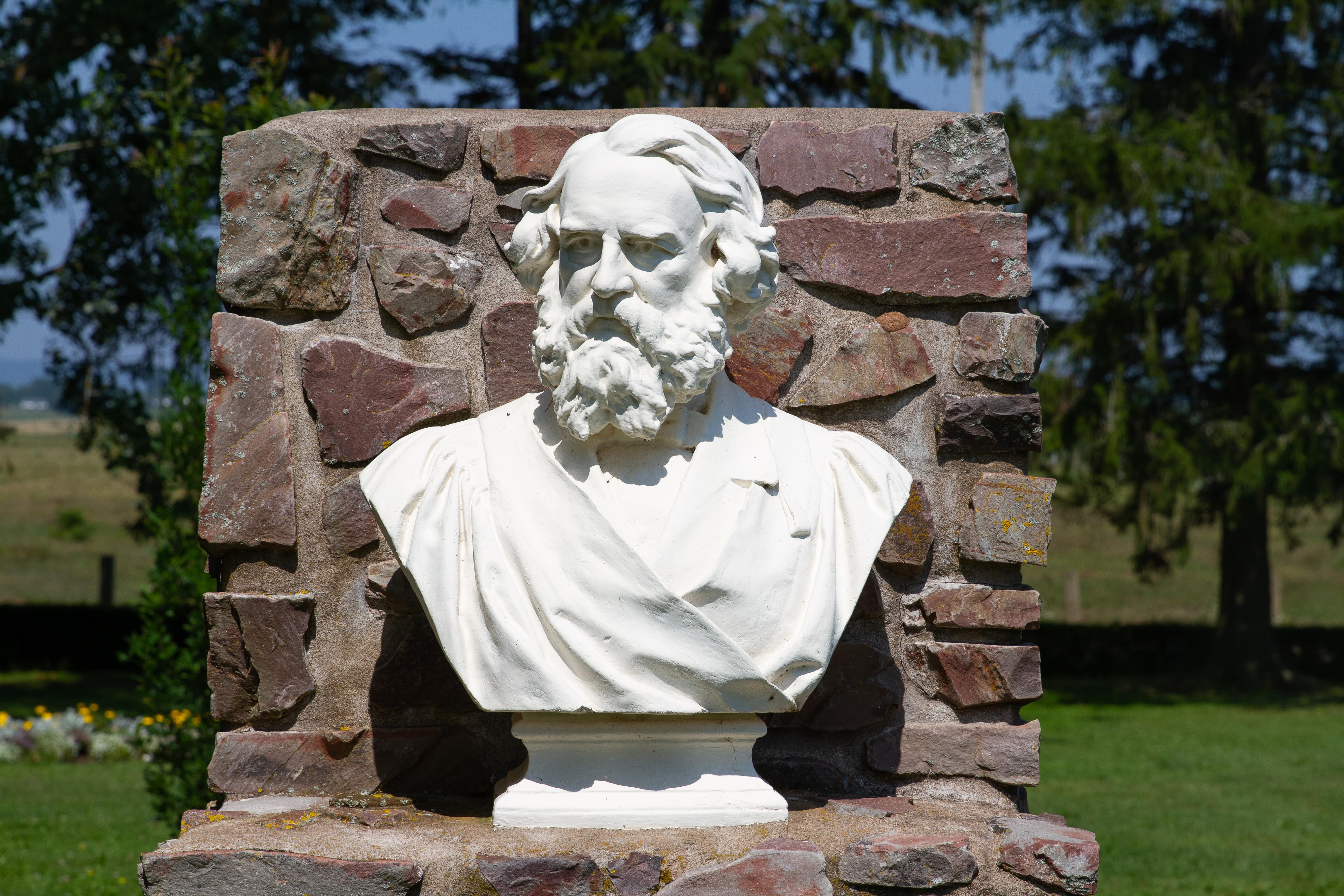
As well as a stunning statue of Evangeline.
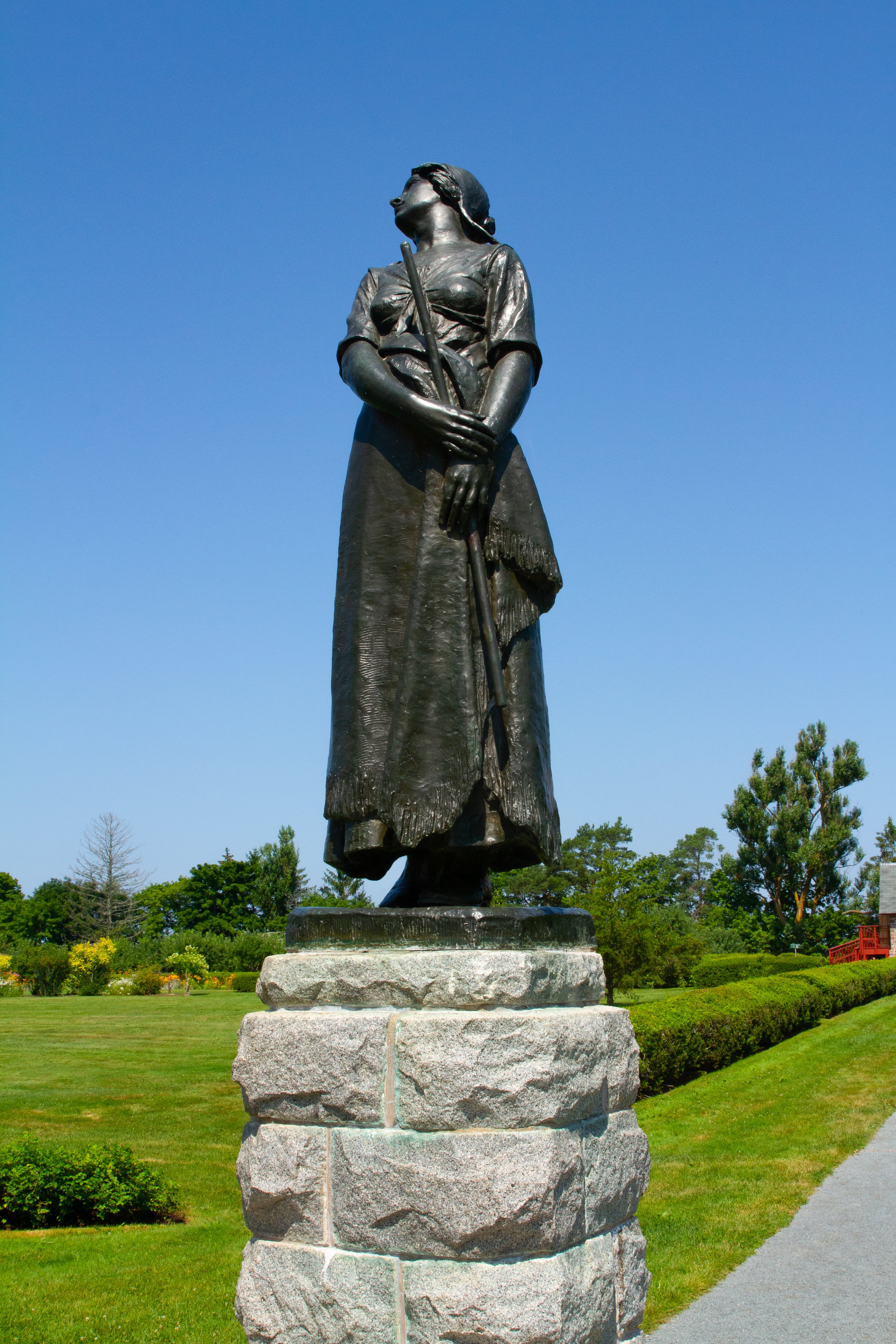
There is a beautiful old church at the site that is a museum now.
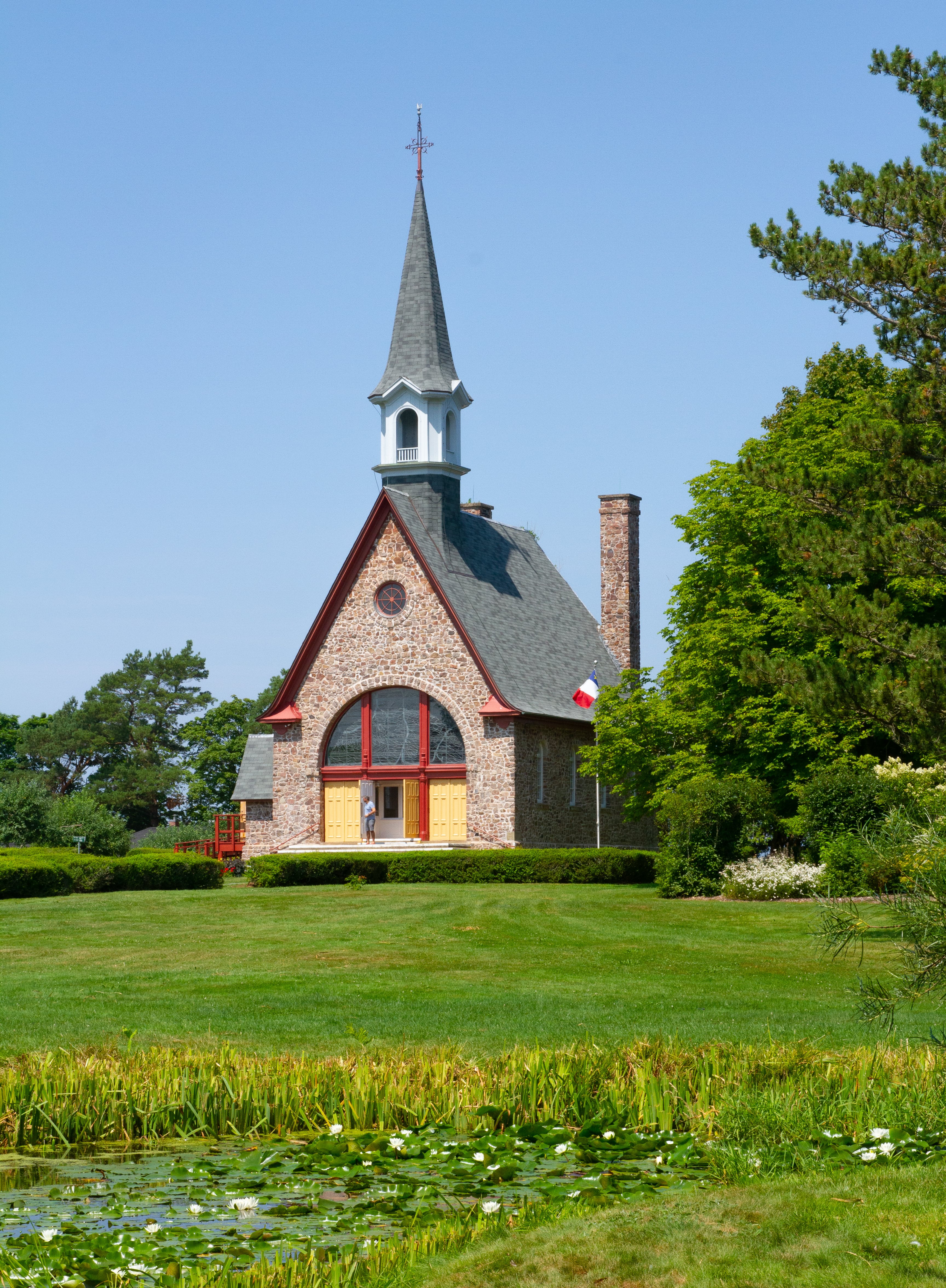
The interior of the Church/Museum housed The Royal Proclamation of 2003, issued by Queen Elizabeth and signed by the then-Governor General of Canada, acknowledging the Great Upheaval and the suffering of the Acadian people. It’s not actually an apology, but it does designate an annual day of Commemoration.
The interior of the Church is stunning as well.
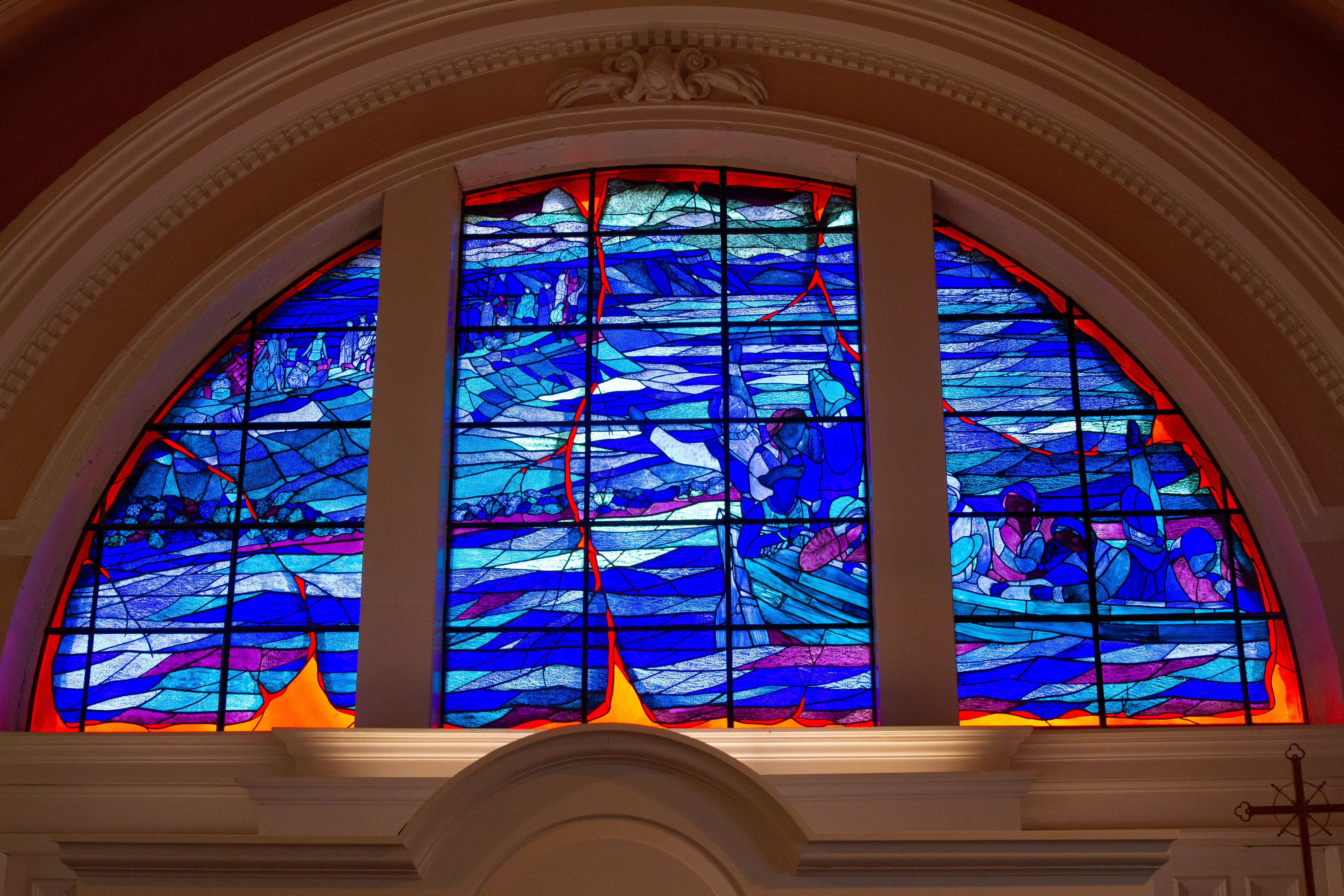
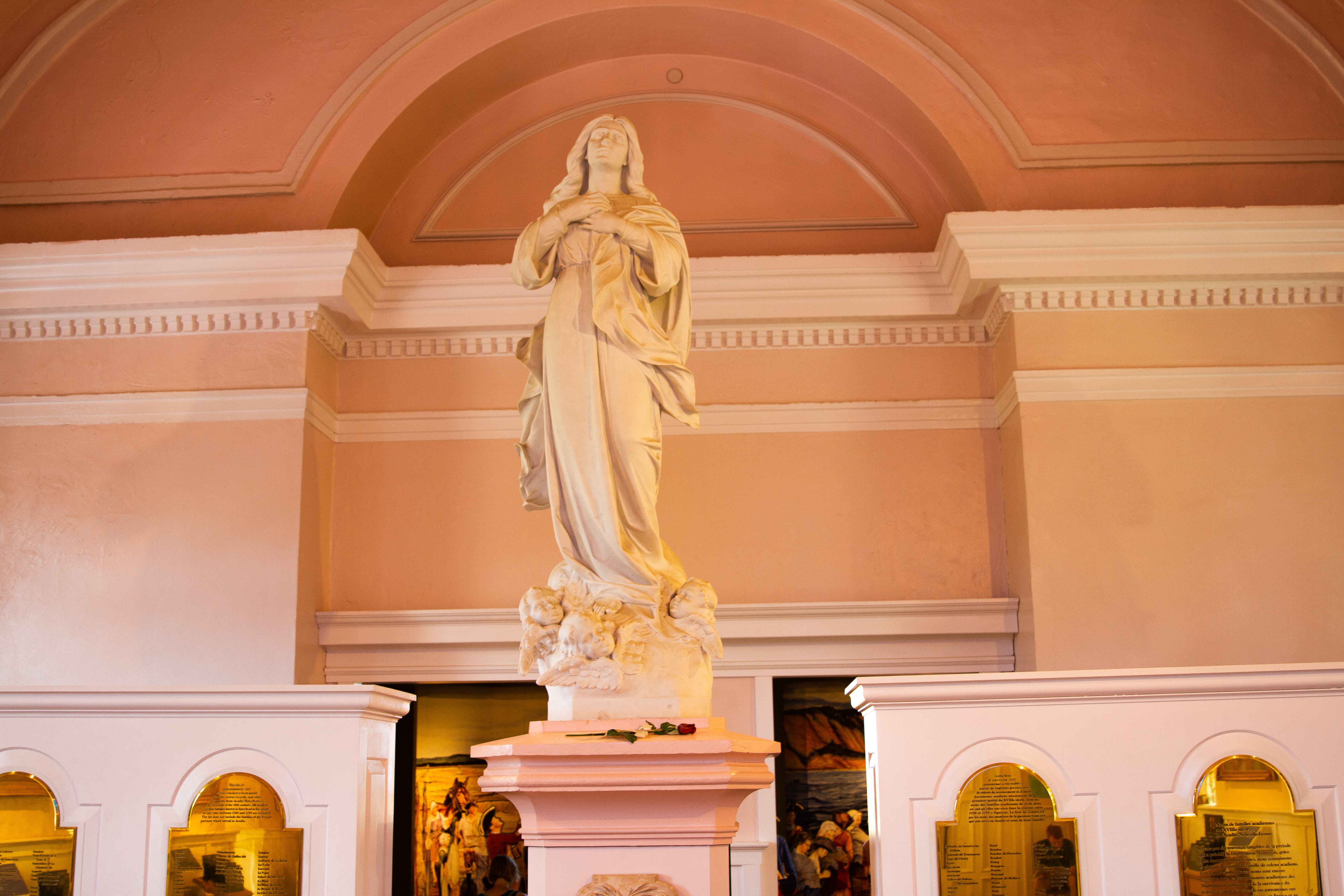
Some Acadians had escaped the deportation and remained in the area, and over time other Acadian families have resettled in the Grand-Pré area, all contributing a vibrant minority group to the area.
The National Historic site is known for its beautiful gardens and ancient willows.
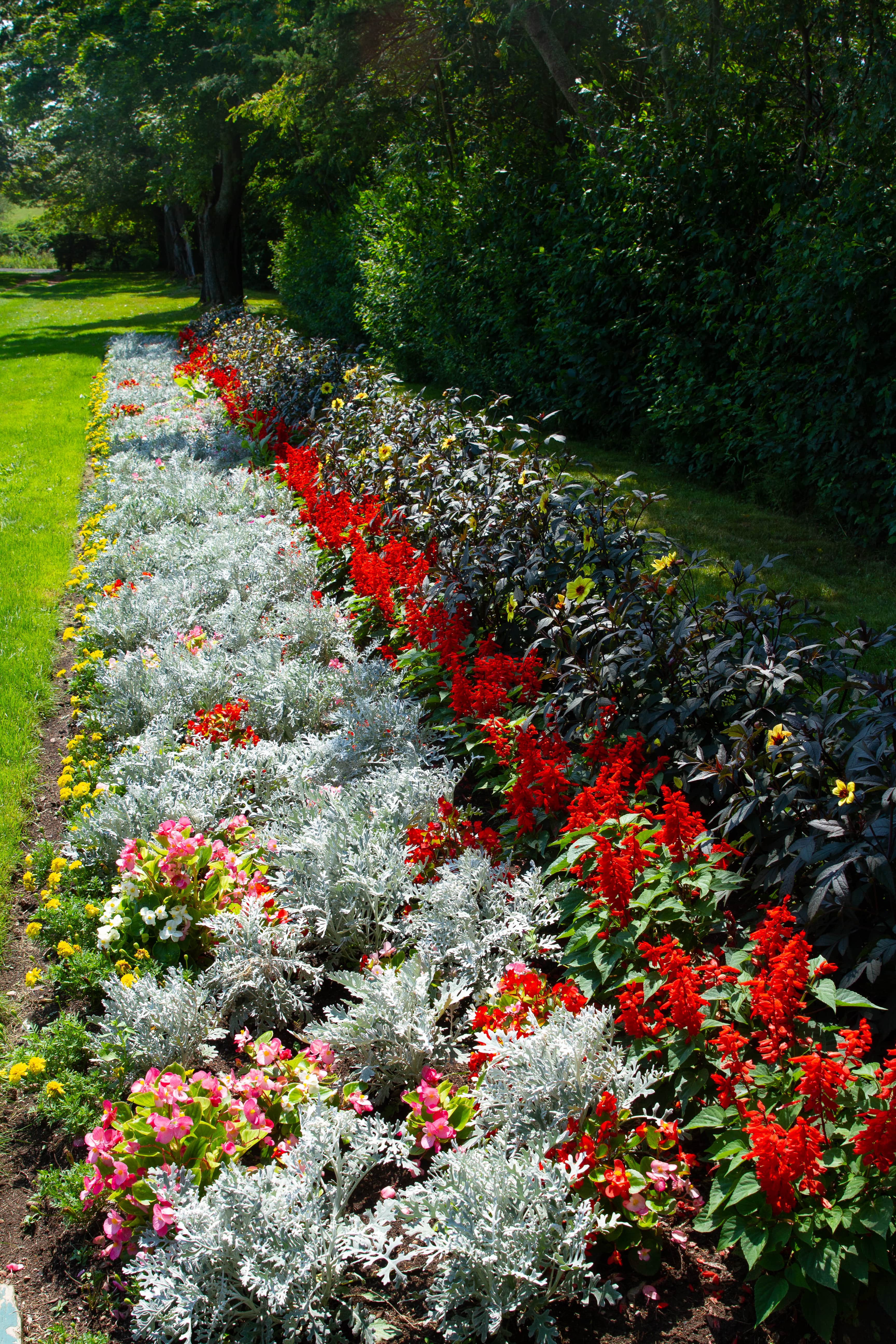



The trees and creeks are stunning.
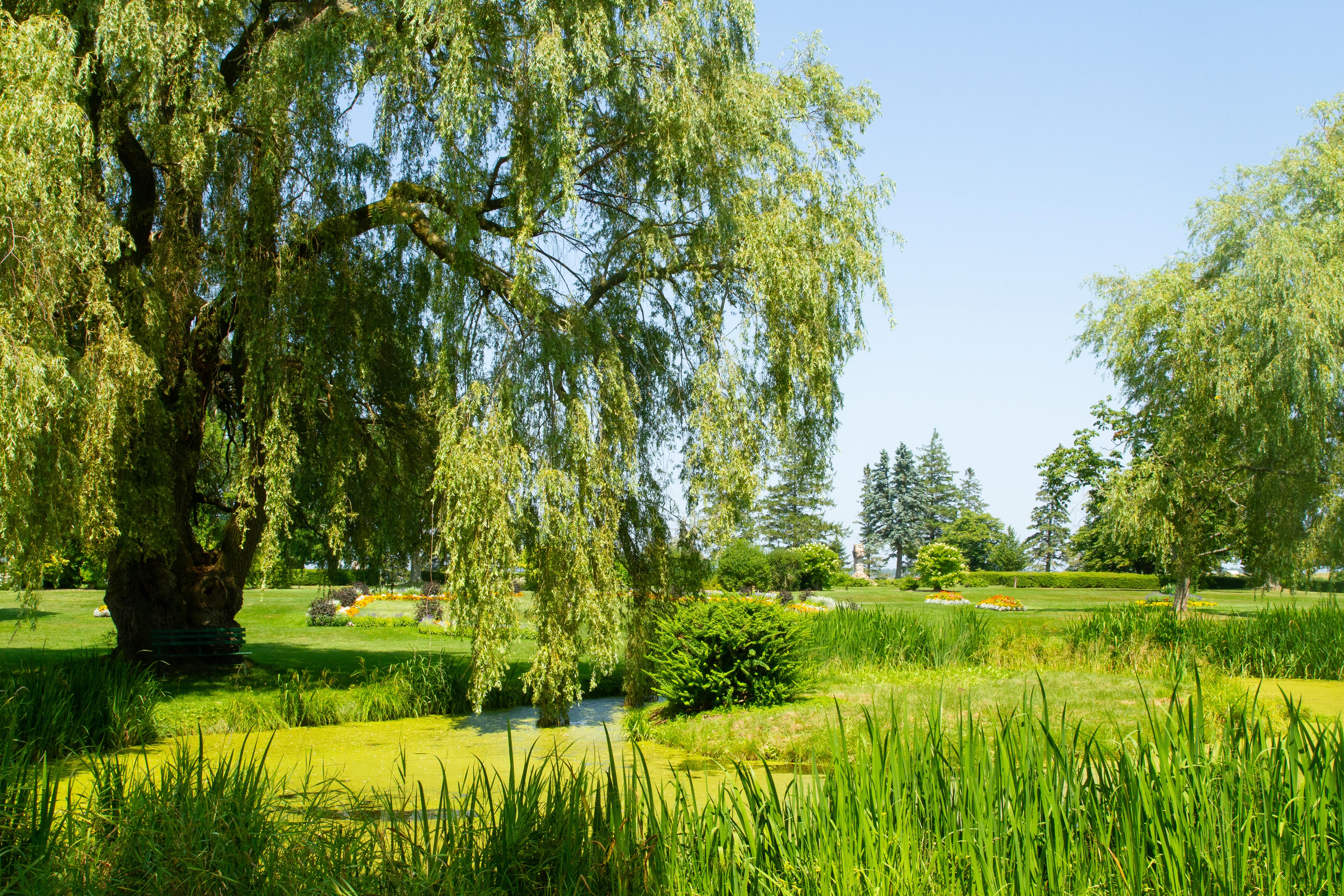

And of course we wouldn’t have a complete post without the obligatory Cynthia pose – this time in front of a huge willow.
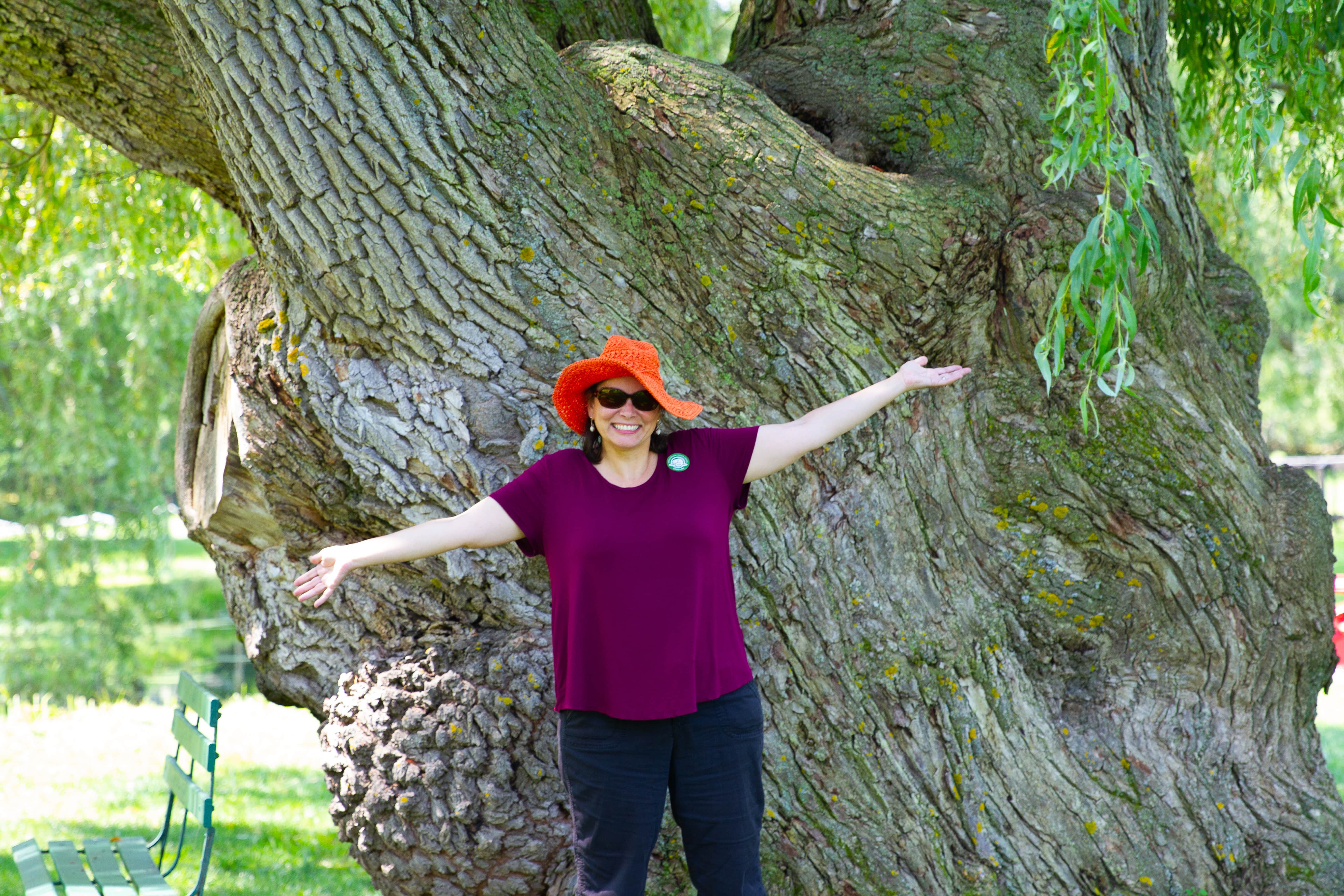
There are other commemorations, including this cross, called the Herbin Cross. John Herbin purchased the land in 1907 to preserve it for the Acadian community.
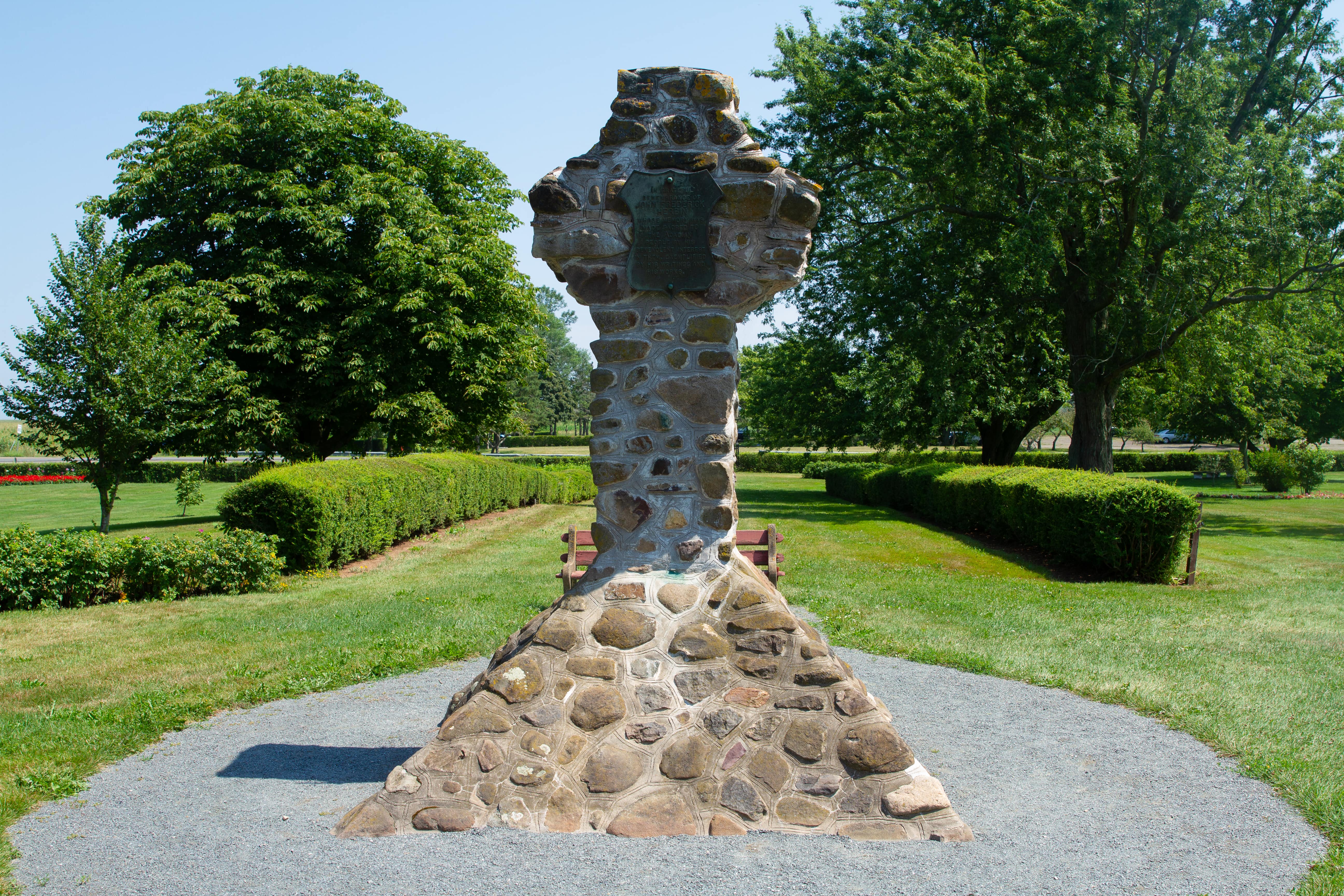
Herbin Cross
The visit to Grand-Pré was moving and emotional. Well worth a visit if you are anywhere near the area.

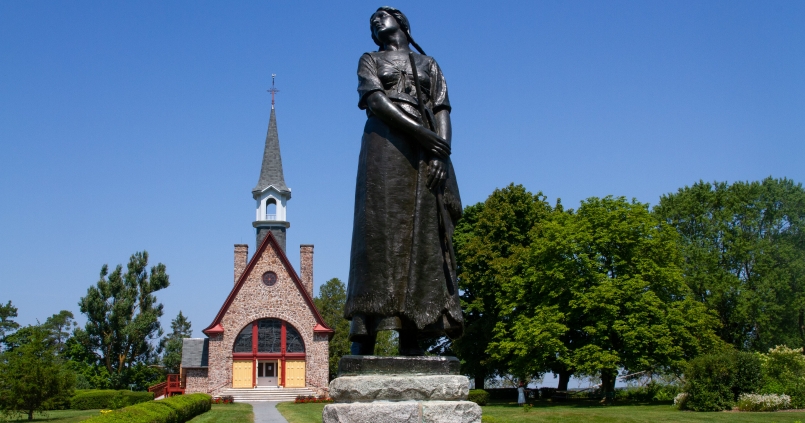


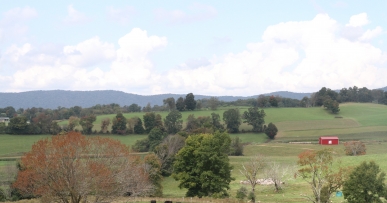
Comments (2)
beautiful pictures! such a touching story of the Acadians. and who knew about Evangeline?
So much history! What an impactful story.